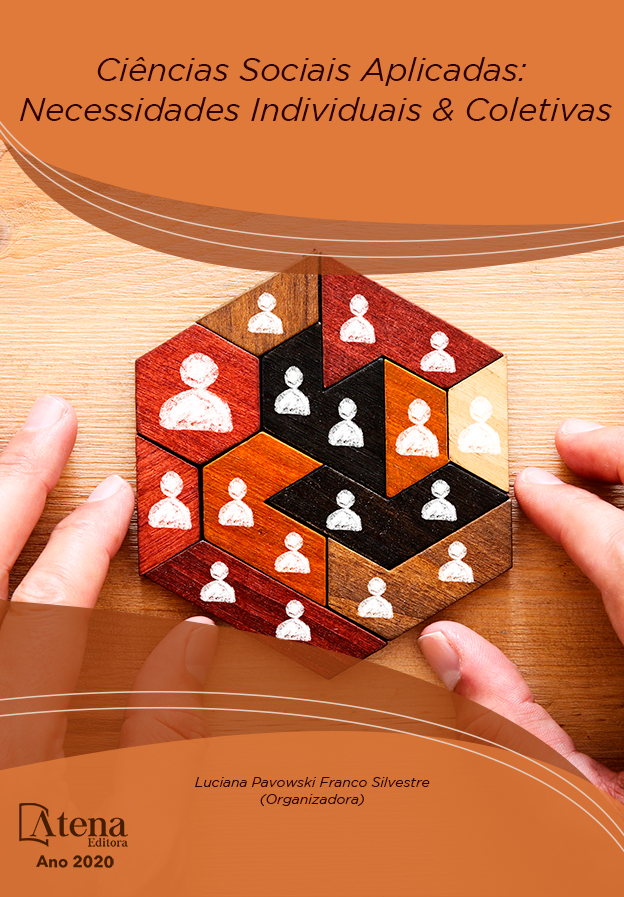
COLIGAÇÕES E ASSOCIAÇÕES PARTIDÁRIAS NA COMPETIÇÃO ELEITORAL: TRAJETÓRIA E SELEÇÃO DE CANDIDATURAS (MARABÁ 2015 - 2016)
O objetivo do trabalho foi estudar “As eleições em 2016: Candidaturas ao cargo majoritário e proporcional, Partidos, Campanha eleitoral e Resultados eleitorais”. Inicialmente realizando uma abordagem clássica e contemporânea através de autores como: Weffort (1984), Nicolau (2004) e Motta Sá (1999), Ferreira (2005) dentre outros. Adotou-se uma abordagem qualitativa no estudo dos conceitos e leis sobre os partidos e as eleições no país; assim como estudamos as coligações partidárias ocorridas nas eleições do ano de 2016 realizando entrevistas aos candidatos, vereadores eleitos e coordenador de campanha. Vemos que as grandes coligações tendem a beneficiar os partidos maiores no “jogo" político. Também analisamos os dados quantitativos coletados da página do TSE (Tribunal Superior Eleitoral), do TRE (Tribunal Regional Eleitoral); além disso, damos ênfase a algumas mudanças nas leis: Nº 9.504/1997 (Lei das eleições), Lei Nº 9.096/1995 (Lei dos Partidos Políticos), Lei Nº 4.737/1965 (Código Eleitoral), Reforma Eleitoral, Lei Nº 13.165/2015 nas eleições de 2016. A análise nos mostrou que a eleição de 2016 foi a de maior representação eleitoral no que se refere ao número de eleitores. Apuramos, através dos dados analisados nas tabelas que os partidos, MDB e PSDB, de maior expressão nacional também o são em nível estadual, regional e municipal. Em se tratando da distribuição das cadeiras na Câmara Municipal de Marabá, o percentual dos maiores partidos não teve tanta expressão na região.
COLIGAÇÕES E ASSOCIAÇÕES PARTIDÁRIAS NA COMPETIÇÃO ELEITORAL: TRAJETÓRIA E SELEÇÃO DE CANDIDATURAS (MARABÁ 2015 - 2016)
-
DOI: 10.22533/at.ed.6442009091
-
Palavras-chave: Coligações, partidos, competição eleitoral.
-
Keywords: Coalitions, parties, electoral competition
-
Abstract:
The objective of the work was to study "The elections in 2016: Candidacies for majority and proportional office, Parties, Electoral campaign and Electoral results". Initially performing a classic and contemporary approach through authors such as: Weffort (1984), Nicolau (2004) and Motta Sá (1999), Ferreira (2005) among others. A qualitative approach was adopted in the study of the concepts and laws about parties and elections in the country; as well as we studied the party coalitions that took place in the 2016 elections by conducting interviews with candidates, elected councilors and campaign coordinator. We see that large coalitions tend to benefit the larger parties in the political “game”. We also analyze the quantitative data collected from the TSE (Superior Electoral Court), TRE (Regional Electoral Court) page; in addition, we emphasize some changes in laws: Nº. 9.504/ 1997(Law of elections), Law Nº. 9,096/1995 (Law of Political Parties),Law Nº. 4,737/1965 (Electoral Code), Electoral Reform, Law Nº. 13,165/2015 in the 2016 elections. showed that the 2016 election was the one with the greatest electoral representation with regard to the number of voters. We found, through the data analyzed in the tables, that the parties, MDB and PSDB, of greater national expression are also at the state, regional and In the case of the distribution of seats in the Municipality of Marabá, the percentage of the largest parties did not have as much expression in the region.
-
Número de páginas: 17
- Marilza Sales Costa
- Samuel Martins de Lima


